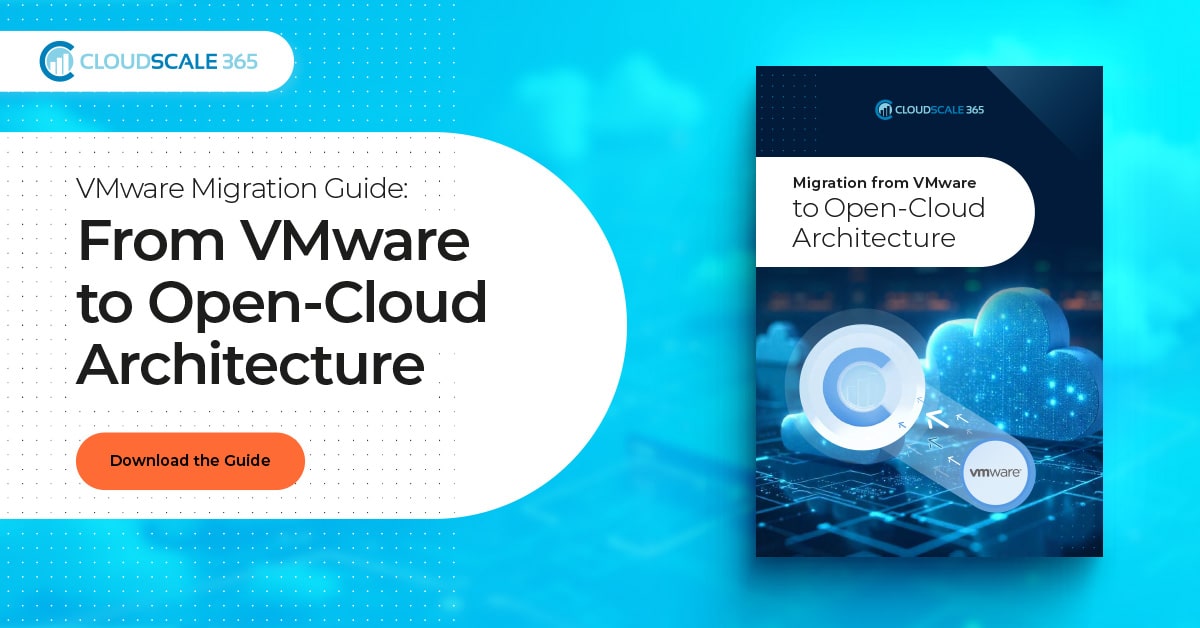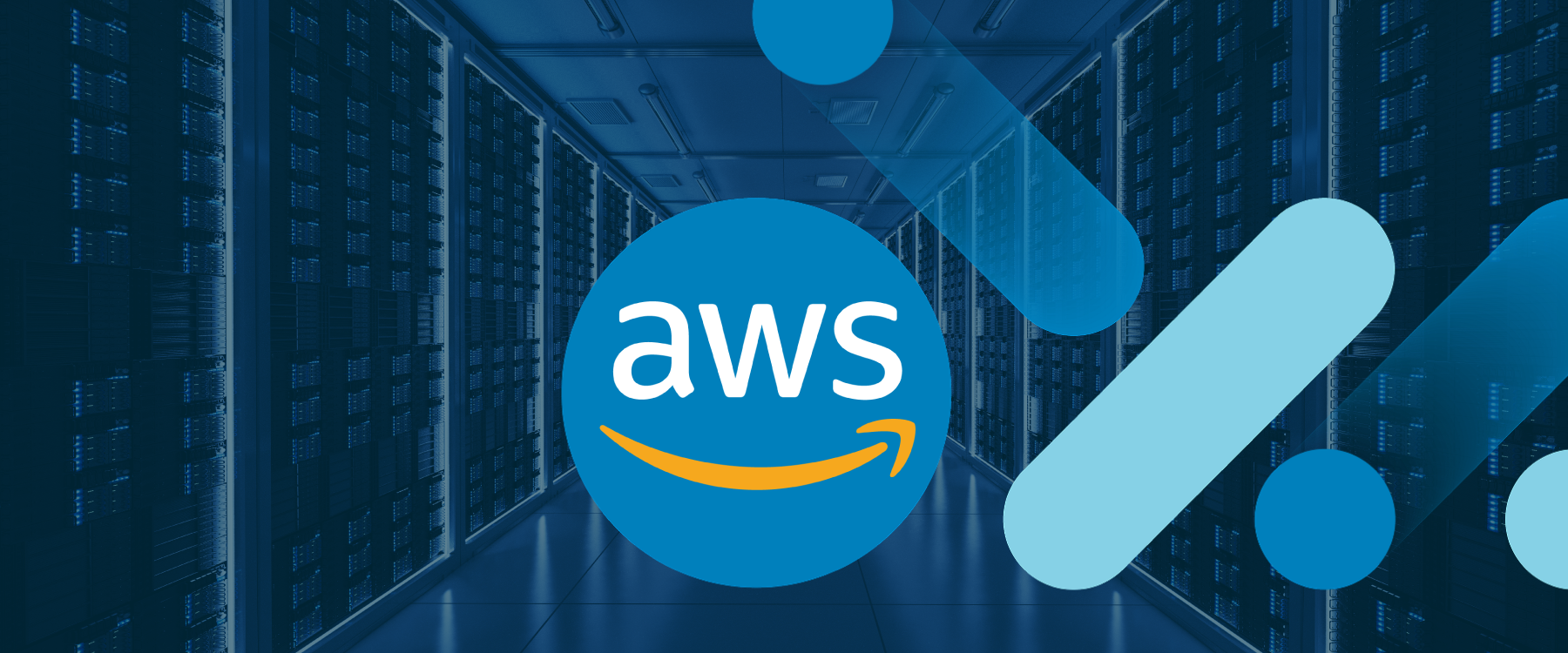In today’s digital world, cloud infrastructure is essential for running any organization, regardless of size. As a result, there is a growing need for strong cloud security audits and measures, especially cloud vulnerability scanning. This important security practice helps organizations find and fix potential weaknesses in their cloud systems—before hackers can exploit them.
Cloud vulnerability scanning is akin to having an early warning system for your digital assets: It constantly checks your cloud infrastructure for security flaws, configuration errors, and potential entry points for cyber threats. In this blog post, we’ll provide:
- An overview of vulnerability scanning and why it is an essential tool in cybersecurity risk management
- How cloud vulnerability scanning works
- Practical insights into implementing effective cloud vulnerability scanning
- Real-world Examples of Successful Cloud Vulnerability Scanning Initiatives
What is Cloud Vulnerability Scanning?
Cloud vulnerability scanning is a specialized security assessment process designed to identify weaknesses, misconfigurations, and potential security gaps in cloud-based infrastructure. Unlike traditional vulnerability scanning, which focuses on on-premises systems, cloud scanning adapts to the dynamic nature of cloud environments, including virtual machines, containers, serverless functions, and cloud-native applications.
Key Differences from Traditional Scanning
- Dynamic IP addressing and scaling capabilities
- API-based assessment methods
- Multi-tenant architecture considerations
- Automated resource provisioning checks
- Cloud service provider compliance requirements
The Role of Vulnerability Scanning in Cybersecurity Risk Management
Vulnerability scanning is an essential part of a complete cybersecurity plan. It acts as your first line of defense against potential threats. This proactive approach works hand in hand with your organization’s risk management strategy through:
1. Risk Identification
Automated scans find vulnerabilities in your cloud infrastructure, creating a detailed list of potential security weaknesses.
2. Risk Assessment
Each identified vulnerability is given a severity rating based on the potential damage it could cause and the likelihood of its exploitation.
3. Risk Prioritization
Security teams can focus their resources on fixing the most critical vulnerabilities that pose the biggest threat to your systems.
Regular vulnerability scans give you up-to-date information about the security of your cloud environment. You’ll be able to find:
- Misconfigurations in cloud services
- Outdated software versions
- Weak authentication methods
- Exposed sensitive data
- Non-compliant security settings
A strong cloud vulnerability scanning program improves your cybersecurity risk management by:
- Establishing Security Baselines: Creating reference points to measure security improvements.
- Supporting Incident Response: Providing crucial data for quick threat detection and response.
- Enabling Proactive Defense: Finding weaknesses before attackers can take advantage of them.
- Validating Security Controls: Checking how effective implemented security measures are.
Organizations regularly conducting vulnerability scans have reported a 60% decrease in successful cyber-attacks. This preventive method is more cost-effective than dealing with security breaches after they happen, with studies showing that early detection saves companies an average of $1.2 million per incident. To further improve your cybersecurity measures, consider additional strategies such as offsite backups and exploring co-managed IT services. These can significantly strengthen your overall IT infrastructure.
How Cloud Vulnerability Scanning Works
Understanding and implementing cloud vulnerability scanning is crucial for protecting digital assets and ensuring business continuity in an increasingly complex threat landscape. When enhancing cloud security measures, it’s also important to consider other aspects, such as service-level agreements in hosting or exploring options like managed desktop services, which can provide additional layers of security and efficiency.
The Cloud Vulnerability Scanning Process
[wpdatatable id=1 table_view=regular]
Essential Cloud Vulnerability Scanning Tools
Each of these tools has its strengths in meeting specific cloud security needs. Your decision should consider factors like the complexity of your cloud infrastructure, compliance obligations, and level of technical expertise.
[wpdatatable id=5 table_view=regular]
For businesses using cloud technology, optimizing IT spending is crucial. It often involves working with a managed service provider who can offer specialized services such as business continuity and disaster recovery. In addition to these services, businesses can also benefit from using a virtual cloud server, which offers flexibility and scalability while being cost-effective. WordPress hosting services can provide a robust solution for companies looking to host their websites.
Implementing Effective Vulnerability Scanning Strategies in Cloud Environments
Vulnerability scanning requires a strategic blend of automated and manual approaches to achieve comprehensive security coverage. Let’s explore these methods and their implementation:
 Automated Scanning Solutions
Automated Scanning Solutions
- Real-time monitoring through AI-powered tools
- Scheduled periodic scans of cloud infrastructure
- Automated reporting and alert systems
- Integration with CI/CD pipelines for continuous assessment
Manual Assessment Benefits
- Deep-dive analysis by security experts
- Custom testing scenarios for unique configurations
- Human interpretation of complex vulnerabilities
- Contextual evaluation of business-specific risks
A hybrid approach maximizes the strengths of both methods. For instance, enterprises can leverage hybrid cloud solutions to enhance vulnerability scanning strategies. You can implement this hybrid strategy by:
- Setting up automated scans for regular infrastructure checks, configuration validation, compliance monitoring, and known vulnerability detection.
- Deploying manual assessments for business logic validation, custom application testing, complex architecture review, and zero-day vulnerability discovery.
Tool Integration Tips
- Connect scanning tools with cloud service provider APIs
- Implement webhook notifications for immediate alerts
- Configure scan schedules based on resource usage patterns
- Set up role-based access controls for scan results
Performance Optimization
- Schedule resource-intensive scans during off-peak hours
- Use incremental scanning for large environments
- Implement parallel scanning for faster results
- Prioritize critical assets for immediate attention
Combining automated efficiency and human expertise creates a robust scanning strategy that adapts to evolving threats while maintaining operational efficiency. This is particularly beneficial for organizations, including NGOs, looking to expand their global impact by adopting cloud and managed services.
Case Studies: Real-world Examples of Successful Vulnerability Scanning Initiatives
Global E-commerce Company
A global e-commerce company faced recurring security breaches in 2021, leading to significant data exposure. By implementing CloudScale365’s comprehensive vulnerability scanning strategy, the company:
- Detected 47 critical vulnerabilities within the first scan
- Reduced security incidents by 89% in six months
- Achieved full GDPR compliance
- Saved $2.3 million in potential breach-related costs
Future-proof Your Cloud Security Strategy
Cloud vulnerability scanning is an essential part of modern cybersecurity strategies. Given the constantly changing threat landscape, organizations must proactively conduct regular security audits and thorough vulnerability assessments. Need guidance? Contact a CloudScale365 cloud security expert for a personalized vulnerability assessment and comprehensive cloud security strategy.
FAQs (Frequently Asked Questions)
What is cloud vulnerability scanning, and why is it important?
Cloud vulnerability scanning is the process of identifying and assessing security weaknesses in cloud environments. It is crucial for ensuring cybersecurity because it helps organizations proactively detect potential vulnerabilities before cybercriminals can exploit them, enhancing their overall security posture.
How does cloud vulnerability scanning differ from traditional vulnerability scanning methods?
Cloud vulnerability scanning differs from traditional methods primarily in that it focuses on cloud-specific environments and architectures. While traditional scans may target on-premises systems, cloud vulnerability scans assess dynamic resources, multi-tenant infrastructures, and various service models (IaaS, PaaS, SaaS) requiring specialized tools and techniques.



